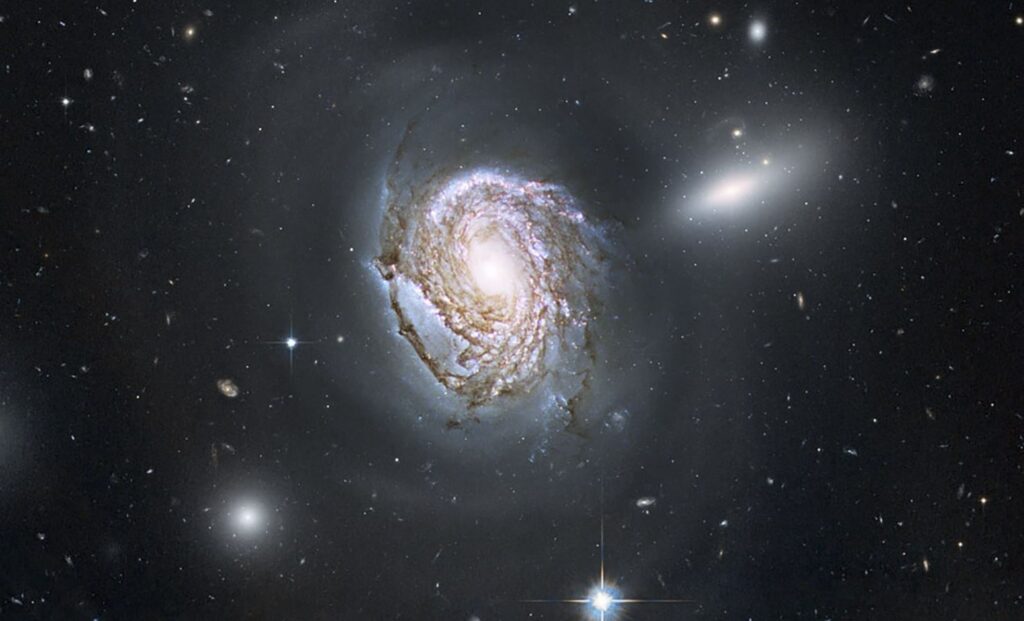
Morphology of galaxies contain important information about the process of galaxy formation and evolution. With its state-of-the-art resolution, NASA’s James Webb Space Telescope has now captured several red spiral galaxies in its first image at an unprecedented resolution. Researchers have now analyzed these galaxies, revealing that these are among the furthest known spiral galaxies till date. The analysis further detected a passive red spiral galaxy in the early universe, a surprising discovery.
Spiral galaxies represent one of the most spectacular features in our universe. Among them, spiral galaxies in the distant universe contain significant information about their origin and evolution...
Read More









Recent Comments